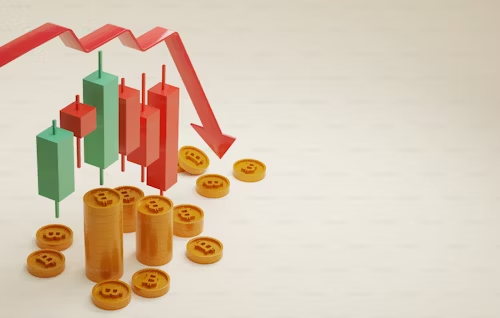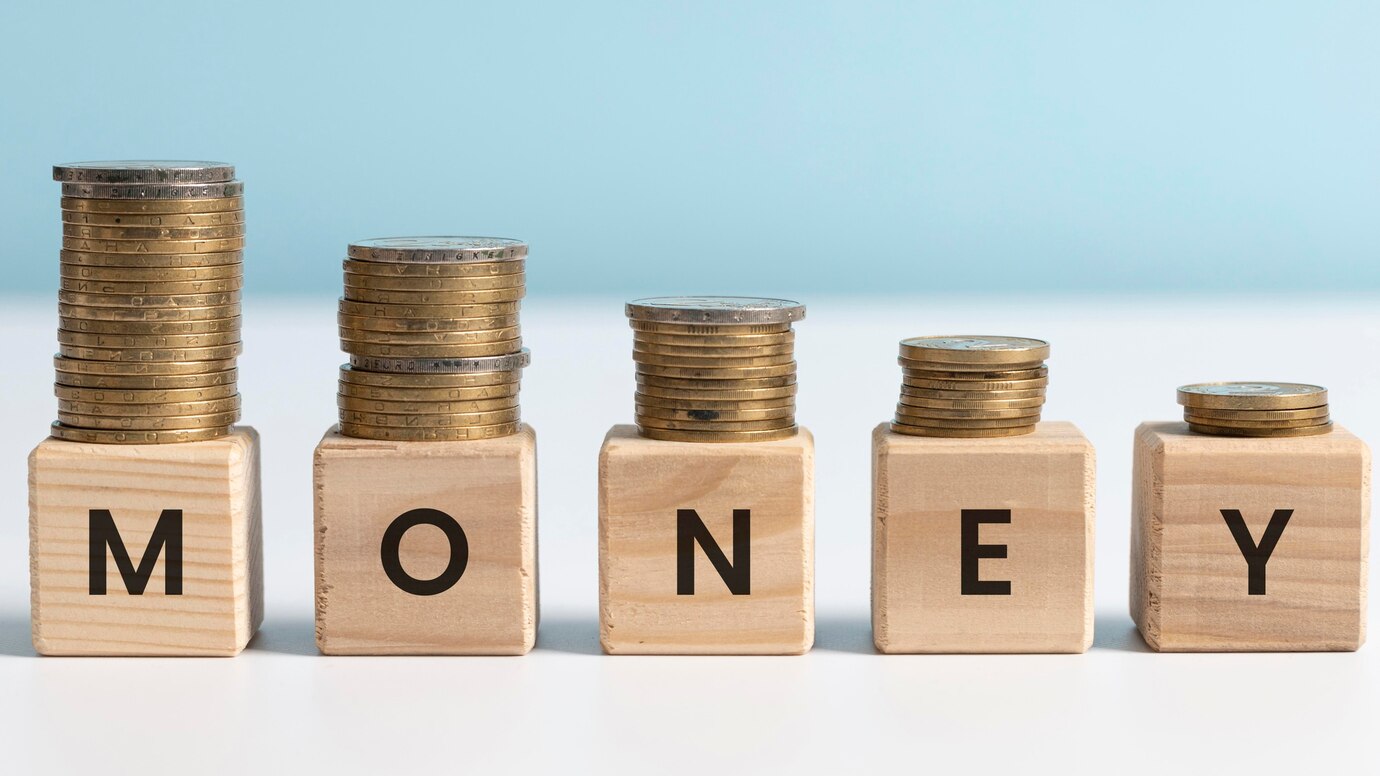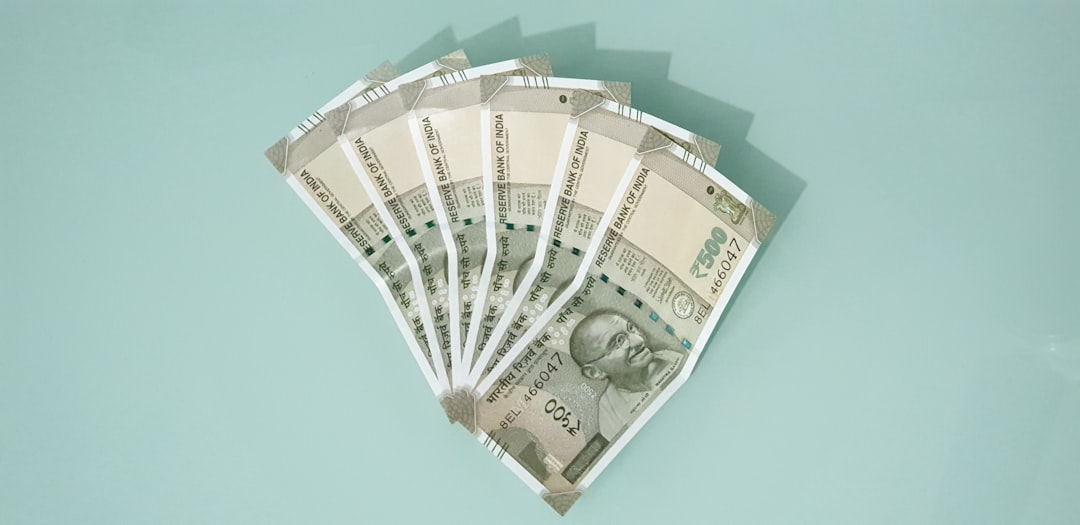When it comes to investing in fixed deposits (FDs), understanding the role of CRISIL ratings is crucial. These ratings serve as a benchmark for assessing the creditworthiness and safety of your investments. In this article, we’ll explore how CRISIL ratings impact fixed deposits and what you should consider when making investment decisions.
Understanding CRISIL Ratings
Understanding CRISIL bond ratings is essential for assessing the safety and reliability of your fixed deposit investments. Here are the key aspects to consider when evaluating CRISIL ratings:
What are CRISIL ratings?
CRISIL, or Credit Rating Information Services of India Limited, is a leading credit rating agency in India. It provides ratings for various financial instruments, including fixed deposits, to indicate the creditworthiness of the issuer. CRISIL ratings help investors gauge the safety and reliability of their investments.
CRISIL Rating Scale for Fixed Deposits
CRISIL uses a standardized 20-point long-term rating scale for fixed deposits, ranging from ‘CRISIL AAA’ to ‘CRISIL D’. Here’s a breakdown of the key rating categories:
- CRISIL AAA: Highest credit quality and lowest credit risk
- CRISIL AA: Very high credit quality
- CRISIL A: High credit quality
- CRISIL BBB: Good credit quality
- CRISIL BB: Speculative
- CRISIL B: Highly speculative
- CRISIL C: Very high default risk
- CRISIL D: Default
Impact of CRISIL Ratings on Fixed Deposits
CRISIL ratings significantly influence fixed deposits by helping investors assess the creditworthiness and safety of their investments. Below are the key ways CRISIL ratings affect your fixed deposit choices:
Creditworthiness and Default Risk
CRISIL ratings provide a clear indication of the creditworthiness of the issuer and the associated default risk. A higher rating, such as ‘CRISIL AAA’, signifies the highest safety and minimal risk of default. On the other hand, a lower rating, like ‘CRISIL D’, indicates a higher risk of default.
Suppose you’re considering investing in two fixed deposits: one with a ‘CRISIL AAA’ and another with a ‘CRISIL BB’ rating. The ‘CRISIL AAA’ rated FD would be a safer choice, as it has the lowest credit risk and highest creditworthiness.
Investor Confidence and Decision-making
CRISIL ratings play a vital role in building investor confidence and aiding decision-making. A high CRISIL rating for an FD builds trust in the issuer’s ability to repay your investment. This is particularly important for risk-averse investors who prioritize safety over higher returns.
Consider this scenario:
You have two fixed deposit options. One has a ‘CRISIL AA’ rating with an interest rate of 6.5%. The other has a ‘CRISIL BBB’ rating with an interest rate of 7.5%. While the higher interest rate may seem tempting, the lower CRISIL rating indicates a higher credit risk. In this, you may choose the ‘CRISIL AA’ rated FD for better safety, even with a slightly lower interest rate.
Impact on Interest Rates
Although CRISIL ratings don’t directly determine the interest rates offered on fixed deposits, there is an indirect relationship. Institutions with lower credit ratings often need to offer higher interest rates. This is to attract investors and compensate for the increased risk.
Here’s an example to illustrate this:
|
Bank |
CRISIL Rating |
Interest Rate |
|
Bank A |
CRISIL AAA |
6.0% |
|
Bank B |
CRISIL A |
6.5% |
|
Bank C |
CRISIL BB |
7.0% |
As you can see, Bank C, with a lower CRISIL rating, offers a higher interest rate compared to Bank A. It has the highest rating. However, the higher interest rate comes with a greater risk of default.
Choosing the Right Fixed Deposit
Choosing the right fixed deposit is crucial for balancing risk and return in your investment portfolio. The following are some key factors to consider when making your decision:
Balancing Risk and Returns
When selecting a fixed deposit, it’s essential to strike a balance between risk and returns. While higher interest rates may be attractive, consider the CRISIL rating to assess the safety of your investment.
Suppose you’re a conservative investor or have a low risk appetite, choose fixed deposits with higher CRISIL ratings. These may offer slightly lower interest rates. If you’re willing to take on more risk for potentially higher returns, you may consider FDs with lower ratings.
Diversifying Your Fixed Deposit Portfolio
To manage risk effectively, consider diversifying your fixed deposit investments across different issuers and CRISIL ratings. By spreading your investments, you can balance safety and returns while mitigating the impact of any single issuer’s default.
For instance, you could allocate some of your funds to highly-rated FDs for safety. You could allocate another portion to lower-rated FDs for higher returns. This approach helps optimize your portfolio based on your risk tolerance and financial goals.
Monitoring CRISIL Ratings Over Time
It’s important to keep track of CRISIL ratings for your fixed deposit investments over time. Ratings can change based on the issuer’s financial health and market conditions. Regularly reviewing the ratings helps you make informed decisions about continuing with an investment or considering alternatives.
Airtel Finance offers a range of fixed deposit options with competitive interest rates. This tool helps you estimate your returns based on the investment amount and tenure. It also considers the applicable CRISIL ratings.
Additionally, Airtel Finance provides transparent information about the documents required for opening a fixed deposit. This makes the process straightforward and hassle-free.
Conclusion
Understanding the impact of CRISIL ratings on fixed deposits is essential for making informed investment decisions. CRISIL ratings provide a reliable benchmark for assessing the creditworthiness and safety of your investments. Consider factors such as default risk, investor confidence, and interest rates. By this, you can choose fixed deposits that align with your risk appetite and financial goals.
Remember to diversify your fixed deposit portfolio, monitor CRISIL ratings over time, and strike a balance between risk and returns. With Airtel Finance, you can easily compare fixed deposit interest rates and make informed decisions based on CRISIL ratings.
Take the first step towards secure and rewarding fixed deposit investments. Do this by exploring the fixed deposit options available with Airtel Finance. They have transparent information and competitive interest rates. Airtel Finance can help you achieve your financial goals while prioritizing the safety of your investments.
FAQs
1. How does a CRISIL rating affect your fixed deposit?
A CRISIL rating indicates the creditworthiness and safety of your fixed deposit investment. Higher ratings, like ‘CRISIL AAA’, signify lower credit risk and greater reliability of the issuer in repaying your investment.
2. How can I check the CRISIL rating of a fixed deposit?
You can check the CRISIL rating of a fixed deposit by visiting the CRISIL website or by bank’s official site. Many banks provide their CRISIL ratings in the details of their fixed deposit offerings, helping you make informed investment choices.
3. Are CRISIL ratings updated regularly?
Yes, CRISIL ratings are updated regularly based on the issuer’s financial performance and market conditions. It’s important to monitor these ratings over time. This will ensure that your investments remain safe and aligned with your financial goals.
4. What affects FD interest rates?
CRISIL ratings don’t directly determine FD interest rates. Yet, issuers with lower ratings may offer higher rates to attract investors and compensate for the increased risk. However, higher interest rates should be balanced against the safety of your investment.
5. How reliable is CRISIL rating?
CRISIL is a well-established and trusted credit rating agency in India. Its ratings are based on rigorous analysis of the issuer’s financial health, market position, and other relevant factors. CRISIL ratings provide a reliable benchmark for assessing the creditworthiness of fixed deposit issuers.


 Get App
Get App  Airtel Store
Airtel Store  Login
Login 


